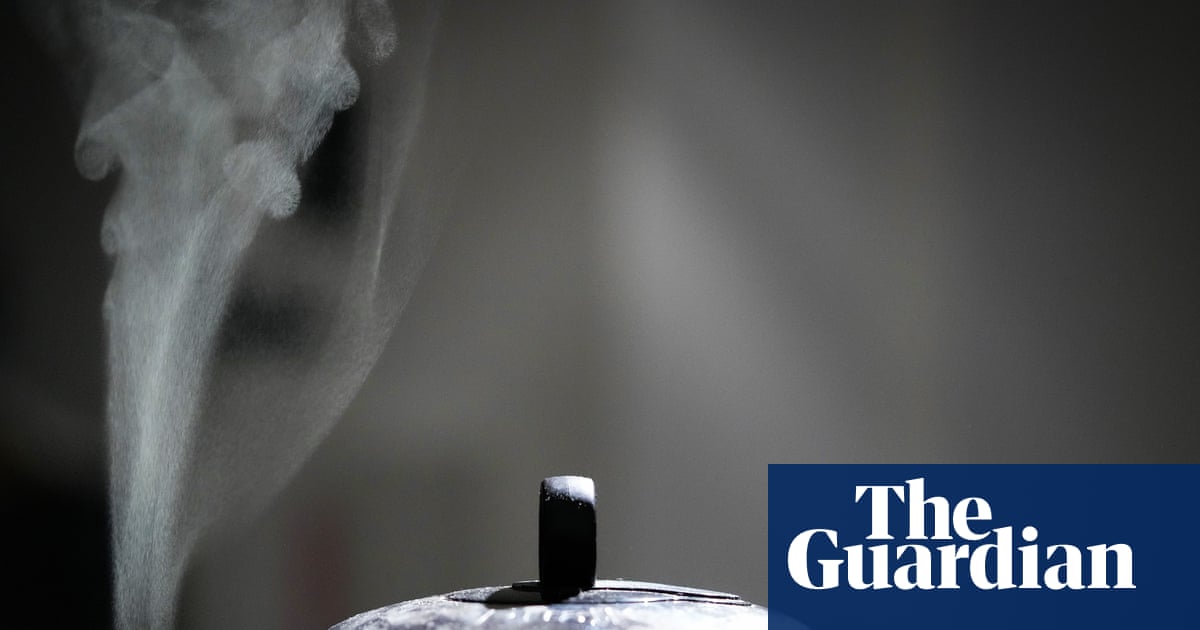
"Hair-frizzing humidity aside I spent two days looking as if I had stuck my fingers in a plug socket the bigger issue at the start was deciding how to test kettles. They all do the same thing in the same way. And they've changed little over the decades a few from the 1970s wouldn't be out of place in your home today. Beyond a few nice-to-have-but-not-essential features, the kettle remains fundamental and fuss-free."
"Before that, my kitchen hosted a blizzard of blenders (surely the correct collective noun) and again, the smoothest smoothies and soups pointed to the appliances with the keenest blades and most powerful motors. For kettles, it was clear that I needed gadgets to work out which were the better boilers of the bunch. And so, armed with a power meter, infrared thermometer, my phone running Decibel X, my husband's phone as a timer and a probe thermometer, I began heating water."
Twelve kettles were tested using a power meter, infrared thermometer, Decibel X, a probe thermometer and timers to measure boil speed, energy use, surface temperatures and noise. Repeated boiling produced heavy kitchen humidity. All kettles performed the fundamental function of boiling water, but differences appeared in build quality, minimum fill requirements, lid and spout design, safety cut-outs, ease of cleaning and convenience features. Practical aspects such as whether parts felt flimsy, how noisy a kettle was, and how much water was needed to boil influenced overall value more than large performance gaps.
Read at www.theguardian.com
Unable to calculate read time
Collection
[
|
...
]